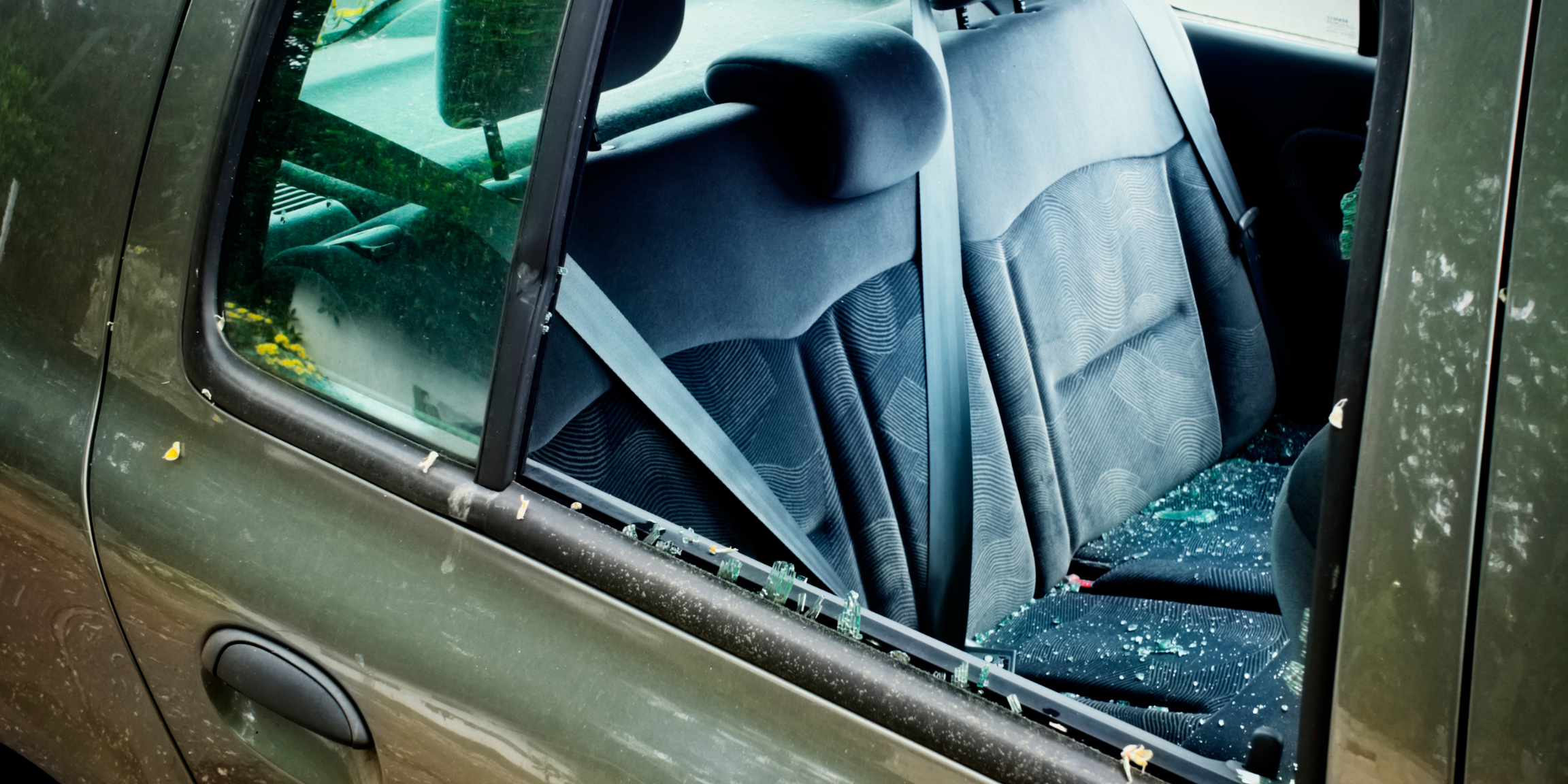Prevent vehicle theft

Lock up:
- An unlocked car is an open invitation to a car thief. Lock up whenever you leave your car, and take the keys with you.
- Lock the trunk or tailgate.
- Close all windows—professional thieves have tools that unlock cars
- through the smallest openings.
- When you park the car, remove cellular phones, stereo faceplates and other valuable possessions. Do not leave gift-wrapped packages or cameras lying on the seat. Lock all valuables in your trunk or take them with you.
- Lock your car even if you are making a quick stop at the gas station, convenience store or mini-mall.
Park carefully:
- Don’t leave an auto in unattended public parking lots for an extended period of time. A car is five times more likely to be stolen from an unattended lot than from the street or an attended lot.
- If possible park your car in a lot where you don’t have to leave your keys.
- Never attach a tag with your name and address to your key ring. If the keys are lost or stolen, the tag will lead the thief directly to your car and your home. If you have to leave your keys with a parking attendant, only leave the ignition key.
- At night, park in well-lit areas with lots of people around.
- Turn wheels sharply toward the curb when parking. This makes it extra difficult for thieves to tow your car.
Operation I.D.:
- With an electric engraver, etch your driver’s license number preceded by the letters “CA” on stereo equipment and other valuable items.
- Record your vehicle identification number (located on a small metal plate on the dashboard of newer cars) and store it in a safe place.
Use “anti-theft” devices:
When buying a car, check the manufacturer’s list of anti-theft options, such as interior hood and trunk releases, locking steering columns and others.
Consider the purchase and installation of security devices such as:
- Interior hood lock and release.
- Second ignition switch or “kill switch” to prevent electrical current from reaching the distributor coil.
- Fuel switch to prevent fuel from reaching the carburetor.
- Locking gas cap.
- Locking devices for batteries, wheels, decks, etc.
- Alarm device to activate a siren, horn or lights—or all three--to frighten the thief away.
- Device that attaches to the steering wheel or brake pedal.
Carjacking:
This is a violent, random form of auto theft. A driver of any vehicle can be a target of someone with a weapon. It can happen anywhere, day or night.
Here are some precautions:
- Keep your doors locked.
- Park in well-lit, busy areas.
- Be alert of your surroundings, of people approaching your vehicle.
- Stick with the traffic; avoid lightly traveled streets, especially after dark.
- Keep car and house keys on separate key chains.
- Keep the garage door opener in your purse or briefcase.
- When stopped in traffic, always leave enough room to make an emergency getaway.
- If someone is threatening you with a weapon, give up the vehicle—it’s not worth your life.
How to prevent theft of other motor vehicles:
Thefts of snowmobiles, motorcycles, boats and trail bikes are also increasing. Many of the same precautions that apply to cars also apply to recreational vehicles.
Lock it:
- Make sure all easy-to carry items like motors, water skis and camping gear are locked up before leaving your vehicle.
Chain it
- Vehicles carried on trailers should be secured with a strong chain and padlock.
- When the trailer is not attached to your car, secure it with a heavy chain and lock to a stationary object.
- Chain your motorcycle or snowmobile to a stationary object such as a lamppost or sewer grating. Even when your vehicle is in the garage, use a heavy chain and padlock that resist conventional steel hacksaw blades.
How to prevent bicycle theft:
Always chain your bicycle when leaving it—even for a short time. The chain should be case-hardened, at least 3/8” thick and covered with plastic or an inner tube to prevent scratching the bike’s finish. Make sure you use a sturdy padlock. Always chain both the rear wheel and the frame to a stationary object in a conspicuous place. If you only chain one wheel to the other, it can be thrown into a truck and unlocked later.
Store it
- Never leave your bicycle unlocked, even at home. Store it indoors or in a locked garage whenever you’re not using it.
For more information about crime prevention, contact our District Offices staff:
Sergeant Zach Fay North District Office 22701 Main Street Hayward, CA 94541 (510) 293-7114 |


